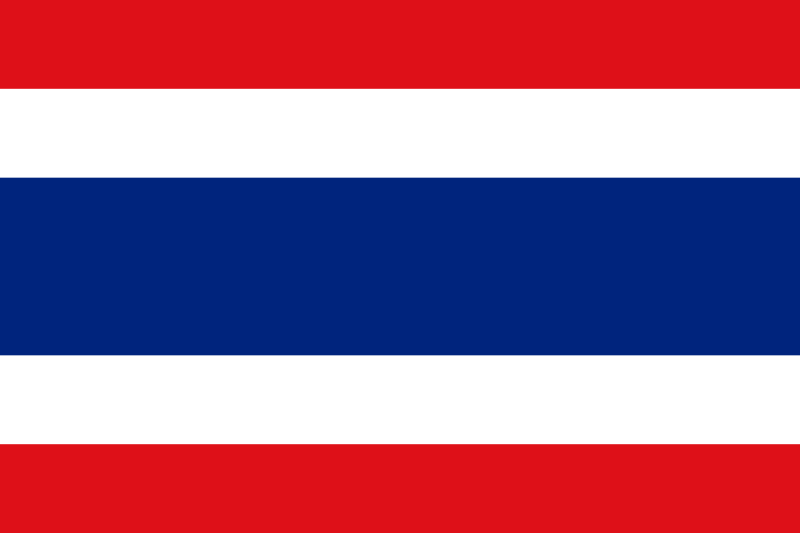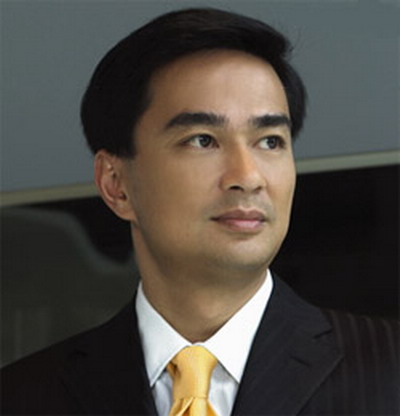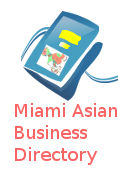
Overview of Thailand
Situated at the heart of the Southeast Asian mainland, Thailand is a hub of transportation and commerce. Extending 1,620 kilometres from north to south and 775 kilometres from east to west, it covers an area of 513,115 sq. km. It borders the Lao People's Democratic Republic on the north, the Union of Myanmar to the west, the Kingdom of Cambodia and the Gulf of Thailand to the East, and Malaysia to the south.
Historical Background:There are conflicting opinions as to the origins of the Thais. Three decades ago it could be said with presumed certainty that the Thais originated in Northwestern Szechuan in China about 4,500 years ago and later migrated down to their present homeland. However, this theory has been altered by the discovery of remarkable prehistoric artifacts in the village of Ban Chiang in the Nong Han District of Udon Thani Province in the Northeast. These include evidence of bronze metallurgy going back 3,500 years, as well as other indications of a far more sophisticated culture than any previously suspected by archaeologists. It now appears that the a Thais might have originated here in Thailand and later scattered to various parts of Asia, including some parts of China. Siam is the name by which the country was known to the world until 1939 and again between 1945 and 1949. On May 11, 1949, an official proclamation changed the name of the country to "Prathet Thai", or "Thailand", by which it has since been known. The word "Thai" means "free", and therefore "Thailand" means "Land of the Free."

Mr. Abhisit Vejjajiva
27th Prime Minister of Thailand
People
Thais are well-known for their friendliness and hospitality. The number of population in Thailand is approximately 64.6 million which consists of Thai (80%), Chinese (10%), Malay (3%), and the rest are minorities (Mons, Khmers, hill tribes). Ethnic Thais form the majority, though the area has historically been a migratory crossroads, and has thus produced a degree of ethnic diversity. About 7 million people reside in the capital city of Bangkok.
The official language is Thai which is spoken and written throughout the country. English is widely understood, particularly in Bangkok where it is almost the major commercial language. English and some European Languages are spoken in most hotels, shops and restaurants in major tourist destinations, and Thai-English road and street signs are found nationwide. The literacy rate in Thailand is approximately 90%.
Culture
The culture of Thailand incorporates a great deal of influence from India, China, Cambodia, and the rest of Southeast Asia. Part of Thailand’s culture and tradition has been inspired by Theravada Buddhism.
Like most Asian cultures, respect towards ancestors is an essential part of Thai culture. Thais have a strong sense of hospitality and generosity. Elders have by tradition ruled in family decisions or ceremonies.
The traditional Thai greeting, or “wai”, is generally offered first by the youngest of the two people meeting, with their hands pressed together, fingertips pointing upwards as the head is bowed to touch their face to the hands, usually coinciding with the spoken word “Sawaddee khrab” for male speakers, and “Sawaddee kha” for females. The elder then is to respond afterwards in the same way. This manner of greeting is a sign of respect and reverence for another.
“Muay Thai” or Thai boxing is the national sport in Thailand. “Muay Thai” achieved popularity all over the world in the 1990s. It has full-contact rules allowing strikes including elbows, throws and knees. Football (soccer) is also among one of the most widely viewed and liked sports in contemporary Thai society.
Thai cuisine blends five fundamental tastes: sweet, spicy, sour, bitter and salty. Some common ingredients used in Thai cuisine include garlic, chilly, lime juice, lemon grass, and fish sauce. The staple food in Thailand is rice, particularly jasmine rice (also known as “Hom Mali” rice) which is included in almost every meal. Thailand is the world’s largest exporter of rice, and Thais domestically consume over 100 kg of milled rice per person per year.
Multi-language press and media are widely-available in Thailand. There are numerous English, Thai and Chinese newspapers in circulation. Thailand is one of the largest newspaper markets in South East Asia with an estimated circulation of at least 13 million copies daily in 2003. Even upcountry, out of Bangkok, media flourishes. For example, according to Thailand’s Public Relations Department Media Directory 2003-2004, the nineteen provinces of northeast Thailand themselves hosted 116 newspapers in addition to radio, TV and cable.
Religion
95% of Thais are Buddhists of the Theravada tradition. Muslims are the second largest religious group in Thailand at 4.6%. Christians, mainly Catholics, represent 0.75% of the population. A tiny but influential community of Sikhs in Thailand and some Hindus also live in the country’s cities, and are mostly engaged in retail commerce. There is also a small Jewish community in Thailand, dating back to the 17th century.










